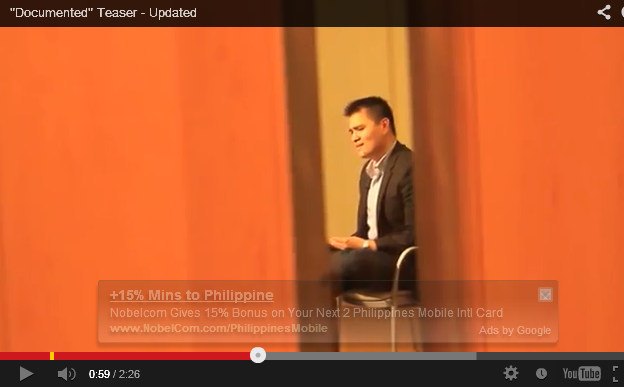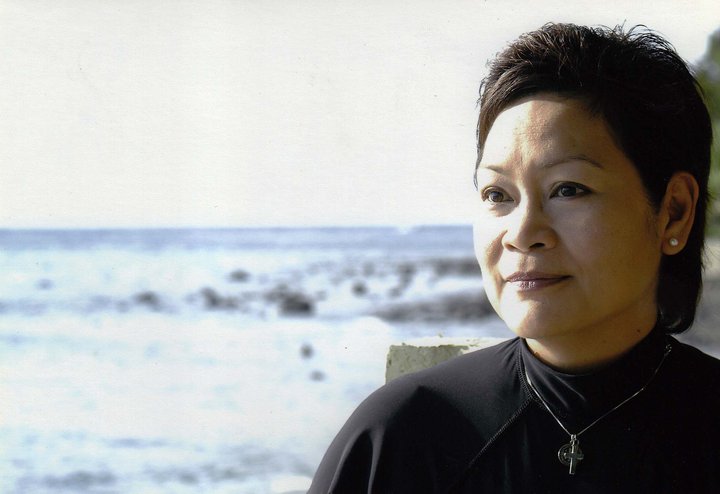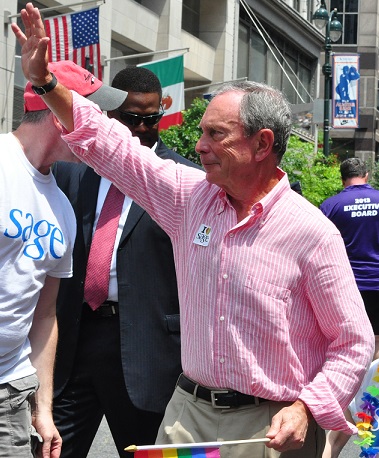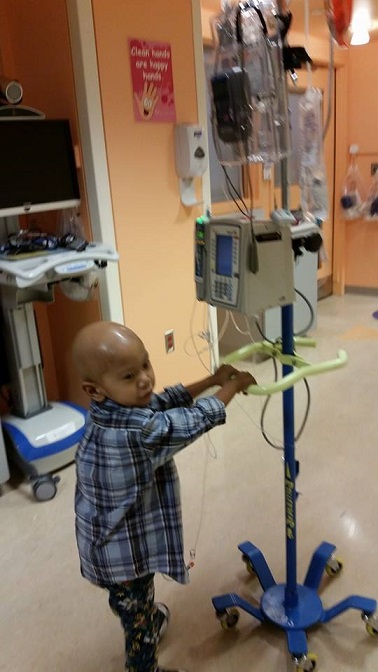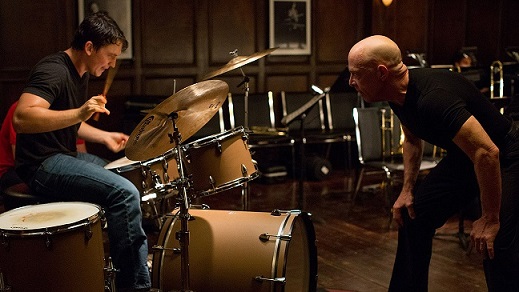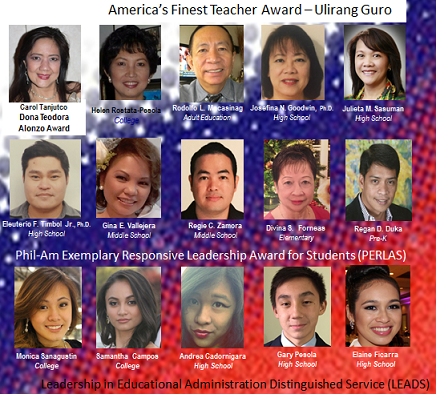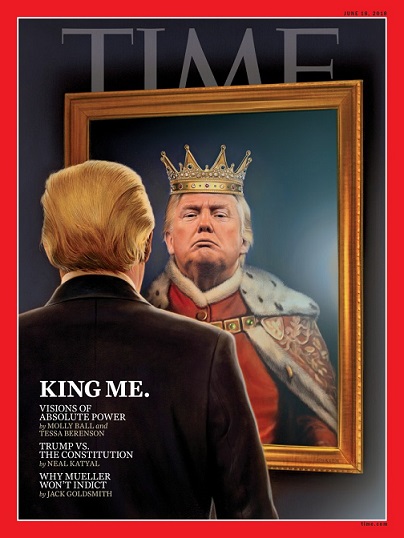Cure for HIV/AIDS ‘still a ways away’ (Part 2)

Dr. Katherine Luzuriaga with Dr. Deborah Persaud (center) and Dr. Hannah Gay at the TIME Magazine Awards Gala in April. Photo by Elton Lugay
TF: What does your groundbreaking case mean for medical research? Are we any closer to finding a cure for AIDS?
KL: Between the time that we identified the case and the time that it was worked up, it was a matter of months. But we were able to do that for a couple of reasons: One is because of all the work that had happened previously. It was two decades of work in terms of understanding mother-to-child transmission, the development of antiviral and antiviral agents in kids so that we knew how to dose those drugs, and what their safety profiles were like in children.
In addition, the National Institutes of Health has provided a large amount of funding for pediatric HIV. All of the treatments, prevention, modalities of the treatments were the direct result of that funding. So that when this case came up, and we recognize that it was unusual, we were able to get to work right away.
In terms of the prospects for an HIV cure, I would say that that is still a ways away. This is one case and we and others are working very hard to put together studies to see whether this success can be replicated. We are hopeful that it will be because we have information or data coming from several different places that say not only in children but also in adults that if you treat very early, you may be able to restrict very strongly the amount of virus that remains in the body.
TF: Specifically, what was your role in the research? Reports say you headed the team.
KL: It was really a team of three, and I wasn’t really a head. Dr. Hannah Gay was the pediatrician in Mississippi who cared for the baby, who identified the baby and gave very appropriate outstanding care. The baby was treated very very early. When the baby came back at 23 months of age Dr. Gay ran some tests, and we’re not able to detect the virus which is very surprising. So at that point in time because we have worked together for the past 20 years, she gave me a call and said this is really unusual; I don’t understand what’s going on.
At first I thought it might be lab error. But I’ve repeated the labs and I’m still getting the same thing. So we talked about it and said this may be a case we’ve been talking about, the possibility of treating the children very very early and we recognize that this may be a case of treating a child early to the point where you could possibly limit the amount of virus left in the baby so you could take the baby off treatment.
So, I started the laboratory investigation, and called my longtime collaborator Dr. Deborah Persaud. And the two of us orchestrated the laboratory investigation. Dr. Persaud is one of the experts in finding the virus.
Together we did studies that demonstrated that we thought this child had been functionally cured but called in additional investigators. One thing in science is you always want to replicate. You always want to make sure that other scientists can replicate. That’s a mark of good science.
TF: Can you walk us through that moment when you discovered the infant was responding positively to treatment? How did you feel?
KL: I remember being very surprised because that was very unusual. In the past when we treated babies as young as two weeks to one month of age we have not been able to clear the virus. So this was something that was quite unusual but the baby of course had been treated earlier than we’ve been able to treat in the past. So it’s surprising but also very exciting. Because it is an approach that we have been wanting to try for a long time.
TF: Have you visited the baby recently? How is the baby doing? Will the baby be OK through life?
KL: Dr. Gay continues to care for the baby and the baby is doing very well so far. We definitely need to continue to follow the baby over time to ensure that HIV is indeed defeated.
TF: This cure for AIDS in children that your group discovered, will this lead to the development of commercially produced drugs? How long will that take?
KL: The good news about this particular approach is that it uses already approved drugs. Drugs that are in the clinic and already approved and in formulation for children.
TF: What other roles and responsibilities do you have here at UMMS?
KL: I also direct the UMMS Center for Clinical and Translational Science. That is the center that tries to bring scientific discoveries into the clinic. It can be in the form of devices or therapeutics: medications, drugs. What we try to do is bring those discoveries into the clinic so that either prevention measures or therapies can be employed to improve human health.

